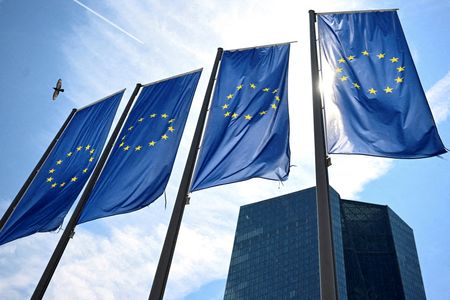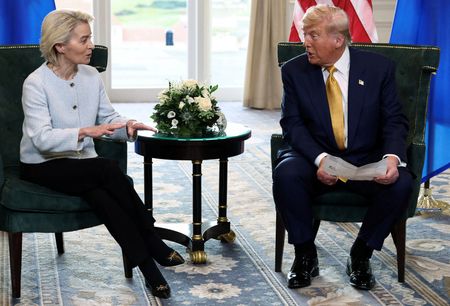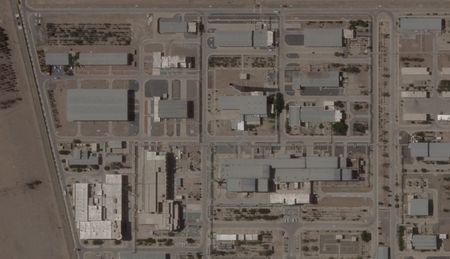By Alun John
LONDON (Reuters) -Euro zone government bonds edged higher on Monday, as the unusual absence of U.S. tariff-related headlines left investors waiting for direction from economic data due later in the week.
Germany’s 10-year yield rose 2.5 basis points to 2.5%, but was still near the lower end of its recent range.
The euro zone benchmark is trading roughly where it was in early March before the parties that are set to form the next German government announced a plan to massively ramp up borrowing and spending, sending the yield up to around 2.9%.
It then dropped back, partly due to investors seeking the safety of German government debt after U.S. President Donald Trump announced his sweeping tariff plan.
German spending was briefly back in focus again on Monday, as Reuters reported – citing a letter from Finance Minister Joerg Kukies – that the country had asked the European Commission for an exemption from European Union borrowing limits in order to increase defence spending in the coming years.
But traders were generally in wait-and-see mode ahead of data due later in the week.
In the U.S., there is PCE inflation and GDP numbers due on Wednesday, and nonfarm payrolls for April on Friday.
Investors will inspect the data for evidence of the economic hit they expect from the disruption and uncertainty caused by tariffs, though this week’s batch could be a little soon.
That means markets currently expect the Federal Reserve to remain on hold at its meeting next week, but see roughly a two in three chance of a 25-basis-point rate cut in June.
A sense that the labour market is deteriorating in this week’s data would move money markets closer to fully pricing that June move, said Kenneth Broux, head of corporate research FX and rates at Societe Generale.
In Europe, inflation data will be published, including in Spain on Tuesday, and Germany, France and Italy on Wednesday.
Generally in-line prints would underscore investors’ expectations the European Central Bank will continue cutting interest rates to support the euro zone economy.
ECB policymaker Francois Villeroy de Galhau said on Monday there was still margin for further rate cuts as inflation in the euro zone heads lower.
Markets are currently pricing a 25-bp ECB rate cut in June, and at least one, maybe two further such moves this year.
Italy’s 10-year yield was 2 bps higher at 3.61%, and Germany’s rate-sensitive two-year yield nudged up 1 bp to 1.75%.
(Reporting by Alun John. Editing by Emelia Sithole-Matarise and Mark Potter)











